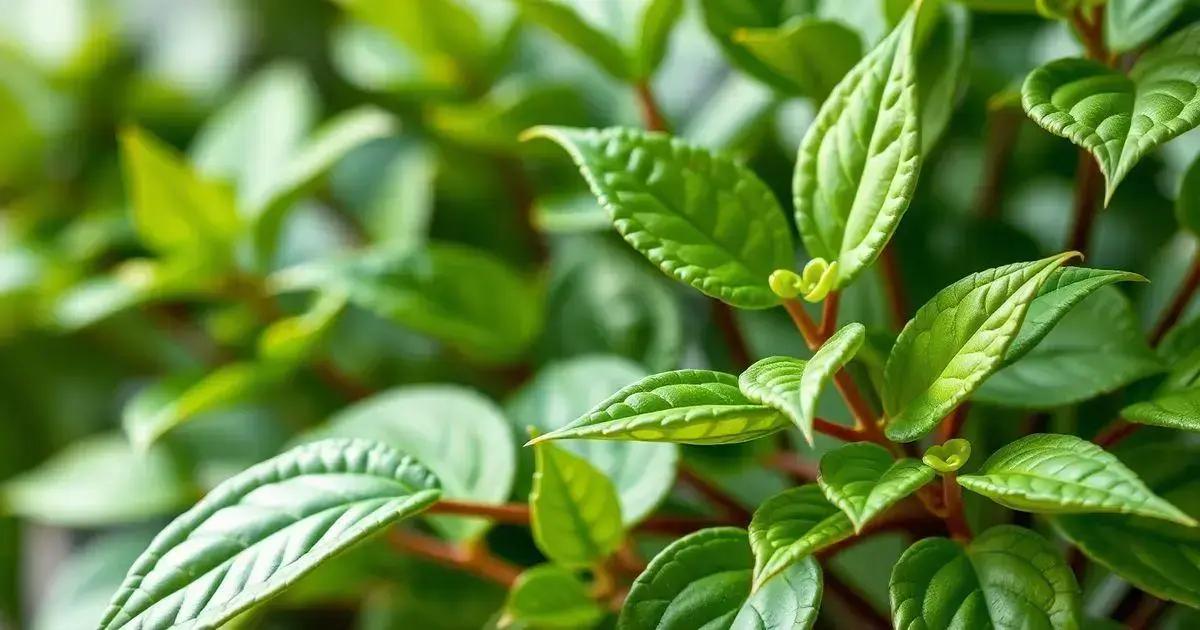How to Take Care of Outdoor Plants: 5 Essential Tips for Thriving Growth
How to take care of outdoor plants is a question many aspiring gardeners ask as they embark on their green journey. Nurturing these living beings requires knowledge of their specific needs, such as sunlight, watering, and even seasonal care. Let’s delve into these crucial aspects to ensure your outdoor plants blossom and thrive.
Table of Contents
ToggleEssential watering techniques for outdoor plants
How to take care of outdoor plants involves understanding essential watering techniques that ensure your plants thrive. Proper watering is crucial for plant health, as it helps maintain hydration and supports nutrient uptake.
Understanding plant watering needs
Every outdoor plant has unique watering requirements, influenced by factors like species, climate, and soil type. Here are general guidelines to follow:
- Consider the plant’s water needs: Some plants, like succulents, require less water, while others, like ferns, prefer consistently moist soil.
- Assess the environment: Plants in full sun may need more frequent watering compared to those in shaded areas.
- Monitor the soil moisture: Before watering, check if the top inch of soil is dry. Use your finger or a moisture meter for accurate readings.
Effective watering methods for outdoor plants
Utilizing the right techniques makes watering easier and more effective:
- Deep watering: This method involves watering plants thoroughly, ensuring moisture reaches deeper soil layers. It’s typically done once a week.
- Drip irrigation: Consider installing a drip system to provide a slow, steady water supply directly to the roots, minimizing evaporation.
- Morning watering: Watering in the early morning prevents excess evaporation and allows plants to absorb moisture before the heat of the day.
Watering frequency chart
| Plant Type | Watering Frequency |
|---|---|
| Succulents | Every 2-3 weeks |
| Flowering plants | Once a week |
| Vegetables | 2-3 times a week |
For more plant care tips, consider exploring indoor gardening techniques to enhance your gardening skills.
Common watering mistakes to avoid
Learn from the pitfalls of others to prevent harming your plants:
- Overwatering can lead to root rot; always check soil moisture.
- Watering at night may promote fungal diseases due to prolonged moisture.
- Not adjusting for seasonal changes; remember that plants need less water in cooler months.
Conclusion
By mastering how to take care of outdoor plants through effective watering techniques, you can foster a healthy and vibrant garden.
Best sunlight and soil requirements for outdoor gardening

Best sunlight and soil requirements for outdoor gardening are crucial for ensuring that your plants thrive in their environment. Every plant species has specific needs regarding these two factors, influencing their growth, health, and yield.
Understanding sunlight requirements
Sunlight plays a vital role in photosynthesis, the process by which plants convert light into energy. Here are the basic sunlight categories:
- Full sun: Plants need at least 6-8 hours of direct sunlight daily.
- Partial shade: Plants thrive with 3-6 hours of sunlight, preferably in the morning or late afternoon.
- Full shade: Plants require less than 3 hours of direct sunlight, relying on reflected light instead.
Before planting, assess the sunlight exposure in your garden throughout the day to choose the right spot for your plants.
Identifying soil needs
Soil quality and types profoundly affect plant growth. Different plants have unique soil preferences, which can be broken down into the following categories:
- Sandy soil: Drains quickly and warms faster; ideal for drought-tolerant plants.
- Clay soil: Retains moisture but may drain poorly; suitable for moisture-loving plants.
- Silty soil: Fertile and retains moisture well; great for a variety of plants.
Essential soil components
| Soil Component | Benefits |
|---|---|
| Organic matter | Enhances soil structure and nutrient content. |
| pH level | Determines nutrient availability; most plants prefer 6.0-7.0. |
| Drainage | Prevents root rot; essential for healthy plant roots. |
Mixing organic matter into your soil improves its structure, fertility, and moisture retention.
Tips for optimizing sunlight and soil
To maximize plant health in your garden:
- Conduct a soil test to determine pH and nutrient levels.
- Choose plants matching the sunlight conditions of your garden.
- Regularly amend soil with compost to maintain fertility.
For additional insights into plant care, consider exploring indoor gardening techniques.
Common questions about sunlight and soil
Here are quick answers to frequently asked questions:
- How can I improve my soil quality? Adding organic matter like compost and regularly testing pH can enhance soil health.
- What if my plants aren’t getting enough sunlight? Move the plants to a sunnier spot or consider using reflective surfaces to increase light exposure.
Pruning and disease prevention for outdoor plants
Pruning and disease prevention for outdoor plants are essential practices that help maintain plant health and aesthetics. Regular pruning encourages growth, while effective disease prevention safeguards your plants from harmful pathogens.
Understanding the importance of pruning
Pruning serves several key purposes in outdoor gardening:
- It removes dead or damaged branches, promoting overall plant health.
- Pruning can improve air circulation, reducing moisture-related diseases.
- It encourages new growth, resulting in a more vibrant and fuller appearance.
Techniques for effective pruning
Here are some essential techniques to follow for successful pruning:
- Use clean, sharp tools: This prevents the spread of disease and ensures clean cuts.
- Make cuts at the right angle: Angled cuts help water shed off the wound, preventing rot.
- Know when to prune: The best time for pruning varies by plant type; generally, late winter or early spring is ideal for many species.
Common pruning mistakes to avoid
Avoid these common pitfalls to ensure the best results:
- Don’t over-prune; this can stress the plant and reduce blooms.
- Avoid leaving stubs; make clean cuts to promote healing.
- Don’t prune sick plants, as this can spread diseases.
Promoting disease prevention
Preventing diseases is just as critical as maintaining a regular pruning schedule. Consider these strategies:
- Regular monitoring: Inspect plants weekly for signs of disease or pest damage.
- Maintain good hygiene: Clean tools and remove debris that can harbor pathogens.
- Encourage biodiversity: Companion planting can deter pests and promote a healthier garden.
Common plant diseases and their prevention
| Disease | Symptoms | Prevention |
|---|---|---|
| Powdery mildew | White, powdery spots on leaves | Ensure proper spacing and airflow |
| Root rot | Wilting and yellowing leaves | Avoid overwatering and improve drainage |
| Blight | Browning leaves and stems | Remove infected parts promptly |
For further insights on plant care, consider exploring indoor gardening techniques to enhance your gardening skills.
Frequently asked questions about pruning and disease prevention
Here are concise answers to some common concerns:
- How often should I prune my plants? At least once a year, but some plants may benefit from more frequent trims.
- What signs indicate my plants are diseased? Look for unusual color changes, wilting, or spots on leaves.
In conclusion
Taking care of outdoor plants encompasses several essential practices, including proper watering, understanding sunlight and soil requirements, effective pruning, and implementing disease prevention techniques. By mastering these skills, you can create a thriving garden that enhances your outdoor space.
For those looking to extend their gardening knowledge further, exploring tips on enhancing your indoor garden can provide valuable insights and inspiration.

